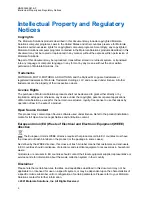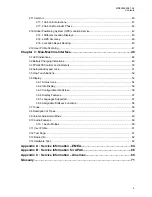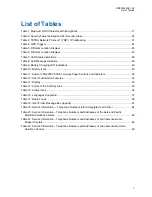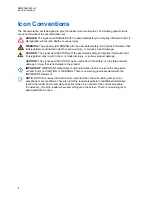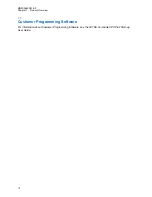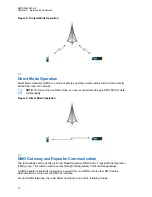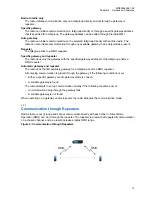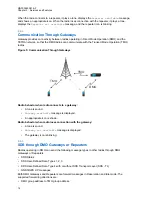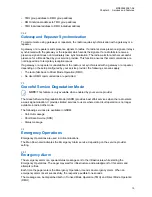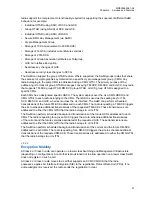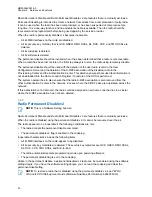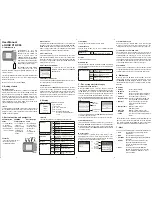
2.6.2
SDS in Emergency Mode
Short Data Service (SDS) in Emergency Mode enables Status and/or SDS functionality during
emergency mode or an emergency call.
If SDS in Emergency Mode is enabled, the
Message
menu is accessible for composing, sending, and
viewing Status and/or SDS messages during emergency mode.
2.6.3
Emergency Destination in Local Site Trunking
NOTE:
This is a Software Selling Feature.
This feature allows the radio to send emergency requests to a different destination. This transmission
occurs while in local site trunking mode.
The supported emergency services are:
• Emergency Alarm
• Emergency Short Data Service (SDS) Status
• Location Information Protocol reports
2.7
Short Data Services
The radio supports the following Short Data Service (SDS) message types:
• SDS Status.
• SDS User Defined Data Types 1, 2, 3.
• SDS User Defined Data Type 4 with or without SDS Transport Layer (SDS - TL).
The feature supports the following addressing modes:
• Radio to radio.
NOTE:
Your radio can send templates only to dispatcher ISSI. Your radio cannot send
templates to defined Calling Party ISSIs. Your radio can only reply with a template to the
Calling Party ISSIs.
• Radio to external subscriber number (gateway address).
NOTE:
For SDS - TL, the message can be sent through the service center.
The radio provides a short data bearer service for both internal and external applications.
The radio supports SDS - TL services which provide end-to-end acknowledgments, delivery report
requests, and message numbering for SDS user-defined data type 4 messages. The TL also provides
SDS access for applications that do not request these transport layer services, however, use a
Protocol Identifier (PI). The radio can send the delivery report by using an appropriate TETRA
signaling, even if the originator requested a short report. The radio can support the old SDS - TL
standard for operation on legacy systems, or for operation on other SwMIs.
An externally connected device may access the SDS services in the radio using AT commands and
TNP1 protocol. An external application may use this service to send and receive SDS statuses, SDS
user-defined data types 1, 2, 3, and 4.
Downlink SDS messages type 4 are presumed to contain a PI for identifying the target application. If
an external application has registered with the radio for that PI, the radio delivers the message to the
MN003465A01-AF
Chapter 2 : Services and Features
16

